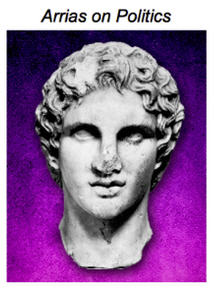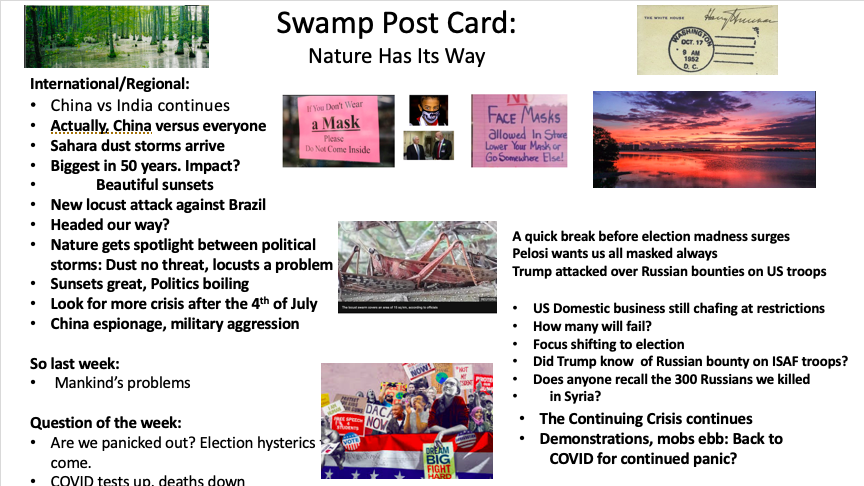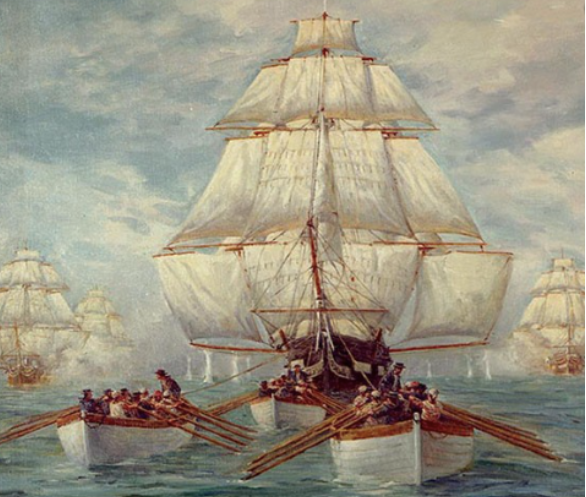Arrias: Battle Streamers
 If you ever find yourself in Boston you should make it a point to make your way to Pier 1 of the Charleston Navy Yard and pay a call to the glorious ship stationed there: USS Constitution. As you probably know well, she was one of the first six frigates commissioned by the US government, authorized under the Naval Act of 1794, and launched in 1797.
If you ever find yourself in Boston you should make it a point to make your way to Pier 1 of the Charleston Navy Yard and pay a call to the glorious ship stationed there: USS Constitution. As you probably know well, she was one of the first six frigates commissioned by the US government, authorized under the Naval Act of 1794, and launched in 1797.
If you were to go today, July 4th, you would not find her pier-side; every year on Independence Day she is taken out into Boston Harbor and is turned, and fires a 21 gun salute to honor the flag – normally the flag flying over Fort Independence, and our nation’s Independence.
She took part in scores of engagements, capturing or sinking several dozen ships and taking part in scores of missions that furthered not simply US Naval policy, but also in furthering the interests of the United States.
On board Constitution you will find a US Flag on a staff and hanging from the top of the staff will be a series of battle streamers. Battle streamers (or Campaign streamers) are multi-colored strips of cloth that are created to represent a particular battle or operation and are awarded to the various units and personnel who took part in that battle. If you look closely on the flag staff on Constitution you will find a streamer – with 5 blue stripes (a thick one in the middle, blue borders, and two thin blue stripes), and two red stripes, on a white field; it is the streamer for the African Slave Trade Patrol.
In 1819, Congress authorized the Navy to interdict slave ships headed to the US, and to address this the Navy stood up a squadron and positioned it off the West African coast. Note that the US and Great Britain had promised mutual support to each other in ending the slave trade under the terms of the Treaty of Ghent in 1815, but Congress even then moved slowly. And the actual operations were themselves slow and could be quite dangerous, mainly accomplished on small boats operating from larger ships, exhausting work in the tropics, with disease a common and frequent problem.
There was a good deal of difficulty in all this; the Navy had 58 ships at the time, and perhaps only 40 had the endurance to allow them to be used for such duty, and the nearest logistics base was more than 2,000 miles away. Given the difficulty in keeping a ship at sea, particularly a sailing ship, and the other missions of the Navy, that translated into a squadron of just 3 to 5 ships at any given time covering perhaps 3,000 miles or more of coastline, from present day Dakar south to Benguela.
Further complicating this already difficult tactical problem, along this huge coast the slave trade was also run up the rivers that flowed into the ports, and the slaves were carried on ships from many different countries. Most slave ships were not American, and most weren’t headed for the US (of the roughly 12 million slaves transported west out of Africa, perhaps 500,000 to 1 million were headed to North America, the rest were being sent to Central and South America and to the Caribbean Islands).
The US also had virtually no meaningful intelligence as to what was happening along this huge coastline at any given time, and as the slave trade’s tentacles covered vast areas of the continent, it was easy to avoid the clutches of the squadron. Further, the ship masters would normally keep several different flags and false papers so that if stopped by a US ship they would fly a French or Dutch flag and have French or Dutch papers, if stopped by a Royal Navy ship they might fly a US flag and present US papers. This presented a legal conundrum and many ships were stopped and then, because of questions of ownership, had to be released.
The result of all this is that the US Navy Africa squadron, in 41 years of operation (1819 – 1861) was able to capture only 36 ships, a small percentage of the ships involved in the trade.
S


Nevertheless, USS Constitution, which spent a fair amount of time over that 42 year period in South Atlantic waters, represented a threat to the slavers, provided some measure of deterrence, and she did manage to capture one slave ship, “H.N. Gambril,” on November 3rd, 1853, off present day Angola. As Commodore Mayo, commander of the squadron, embarked on Constitution, noted in part:
Flagship Constitution
St. Paul de Loando,
Nov. 10, 1853
I have the honor to report that on the morning of the 3rd of Novr., while near the African Shore, about Sixty Miles South of the river Congo, I fell in with the American Schooner H. N. Gambrill, of New York, and found on board of her the most unquestionable evidence of her being on the eve of receiving a cargo of slaves. I have therefore felt obliged to seize and send her home for trial.
One more thought on the horrible business of slavery: about those who manned and captained those slave ships: John Newton, the man who wrote: “Amazing Grace,” was captain of a slave ship (and was, in fact, himself a slave for three years). On one of his voyages he had an epiphany; that hymn is a result of that epiphany. Remember that God’s grace can save us all, no matter what we have done, no matter how tortured our soul.
Copyright 2020 Arrias
http://www.vicsocotra.com
Editor’s Note: There is a lot of tomfoolery going about these days on the nature of our history. The New York Times, echoed by our Junior Senator from Virginia, is in the grip of the bogus idea that slavery was conceived on these shores. Arrias points out the truth. The British King ruled our affairs until this day, 244 years ago. The importation of slavery is a curse on his name. Other events far away called our attention, and a Navy composed of six frigates was built to fight the aggressors who took Americans as slaves on the high seas. Once that matter was resolved to our satisfaction, the new Navy was sent to interdict the involuntary transport of human beings to the New World. We didn’t invent slavery. We led the world in ending it, here, at least. Happy 4th of July, and may God bless those who struggled to make humankind free.
-Vic
